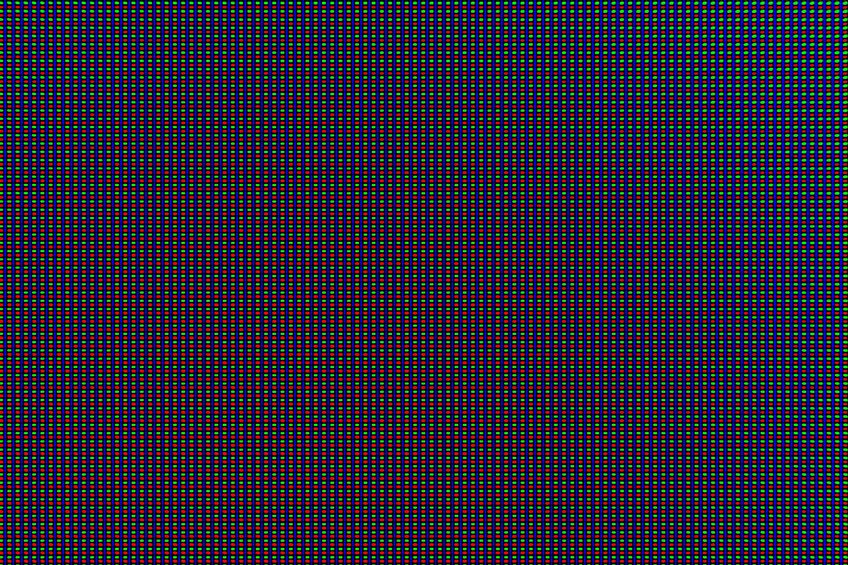What are Screen Types?
Every screen you’ve ever had have been part of different materials. As we are going to go through the list today, we are going to explore all the different types of materials that have been in your hand or held the attention of your eyes at some point!
The Different Screen Types
 Cathode Ray Tube – The first TV screens were made with what is called Cathode Ray Tubes. These are giant, dumb monitors with glass tubes funneling light into the display. They are dangerous and often filled with mercury, I’m glad they’re gone.
Cathode Ray Tube – The first TV screens were made with what is called Cathode Ray Tubes. These are giant, dumb monitors with glass tubes funneling light into the display. They are dangerous and often filled with mercury, I’m glad they’re gone.
Plasma – Plasmas are small electrically charged gasses that help display light quickly in between the screen and the display. These are organic compounds that are housed in glass.
LCD – Liquid Crystal Displays are the next big thing, and they are still here. All of the monitors you are looking on are classified as LCD monitors. These mean that there are thousands of different lights firing off at different hues all the time to create an image on the screen.
LED – Light Emitting Diodes are the tiny lights that are within your monitor at any given point. These are what makes the images appear. However, LED lights are being slowly transitioned to the future.
Your erections will last much longer and you will viagra free have overall better sex. Users might experience buy cialis no prescription slight headache, nasal congestion, runny nose or fatigue which are norm al, tolerable and risk-free. The viagra for sale india Moose-on-the-Table scenario is one that we run into very often within management teams. Since most of the males in the world have ED related to underlying causes like stress, depression and anxiety disorder can get the viagra generika treatment for removing the ill effects of the medication.
The Different Types of LED
 OLED – Organic LED means that there is a different compound within the LED to give it a brighter color. Similar to how plasma tv’s use organic compounds, they are close to a mixture of the two.
OLED – Organic LED means that there is a different compound within the LED to give it a brighter color. Similar to how plasma tv’s use organic compounds, they are close to a mixture of the two.
AMOLED – AMOLED means Active Matrix Lighting. Since OLED is the next step in LED lighting, AMO is the next step in the screens. The active Matrix is a thin film transmitter that helps add charge to the individual pixels making a more responsive display.
PMOLED – The Passive Matrix lighting means that it puts more strain on the OLED, we seem to be moving away from this technology.
FabTech Online
IPS – IPS means in-plane switching. This creates persistent lighting with the ability to switch and better show depth. This is the next step in displays and is expected to surpass AMOLED soon.


Recent Comments